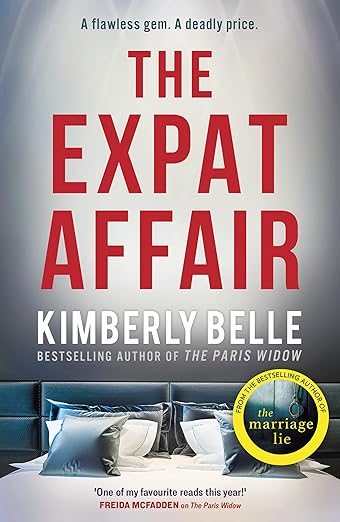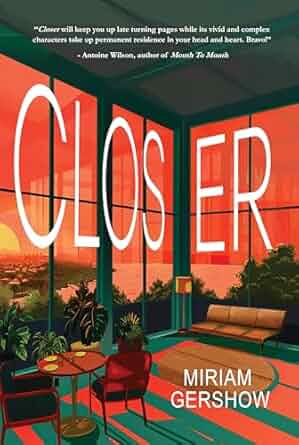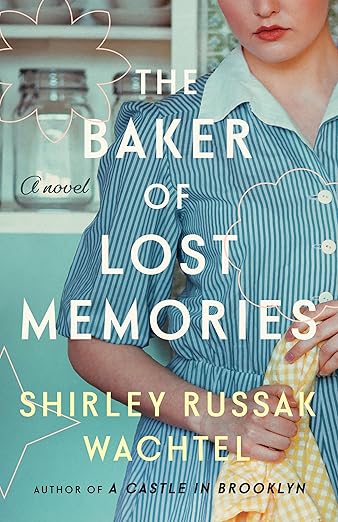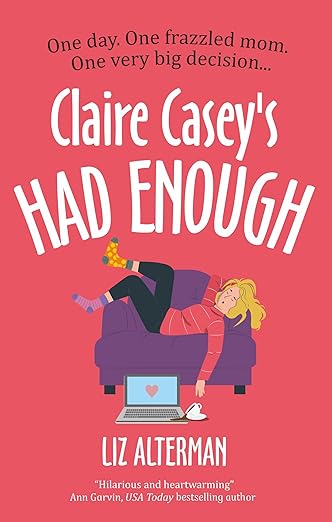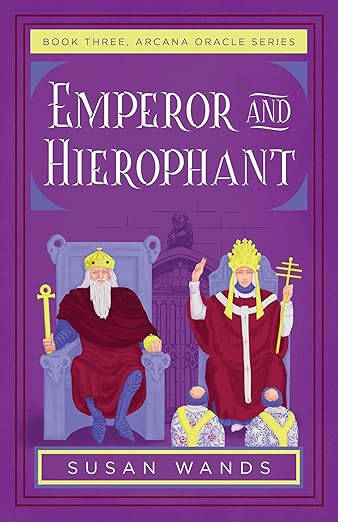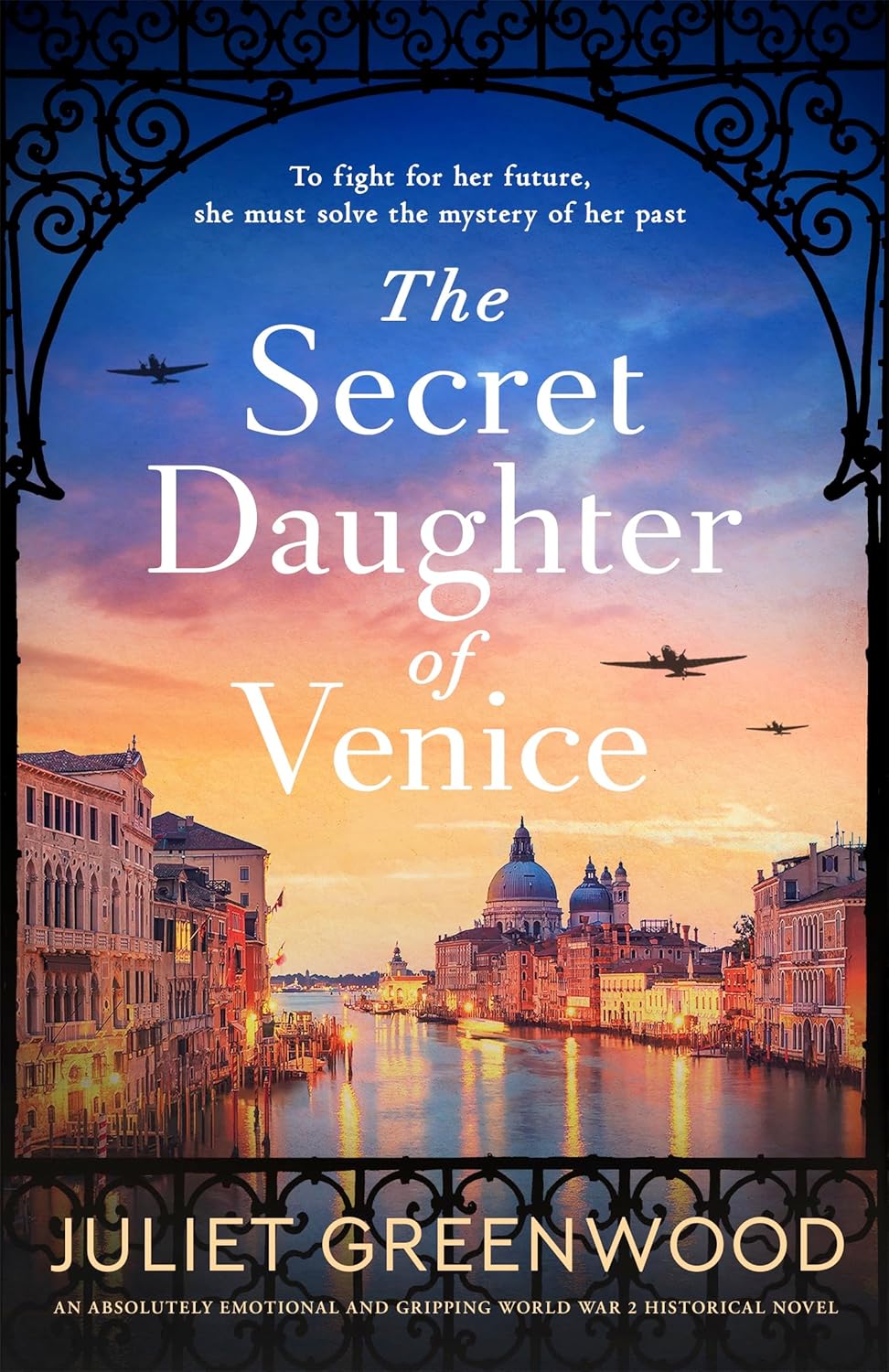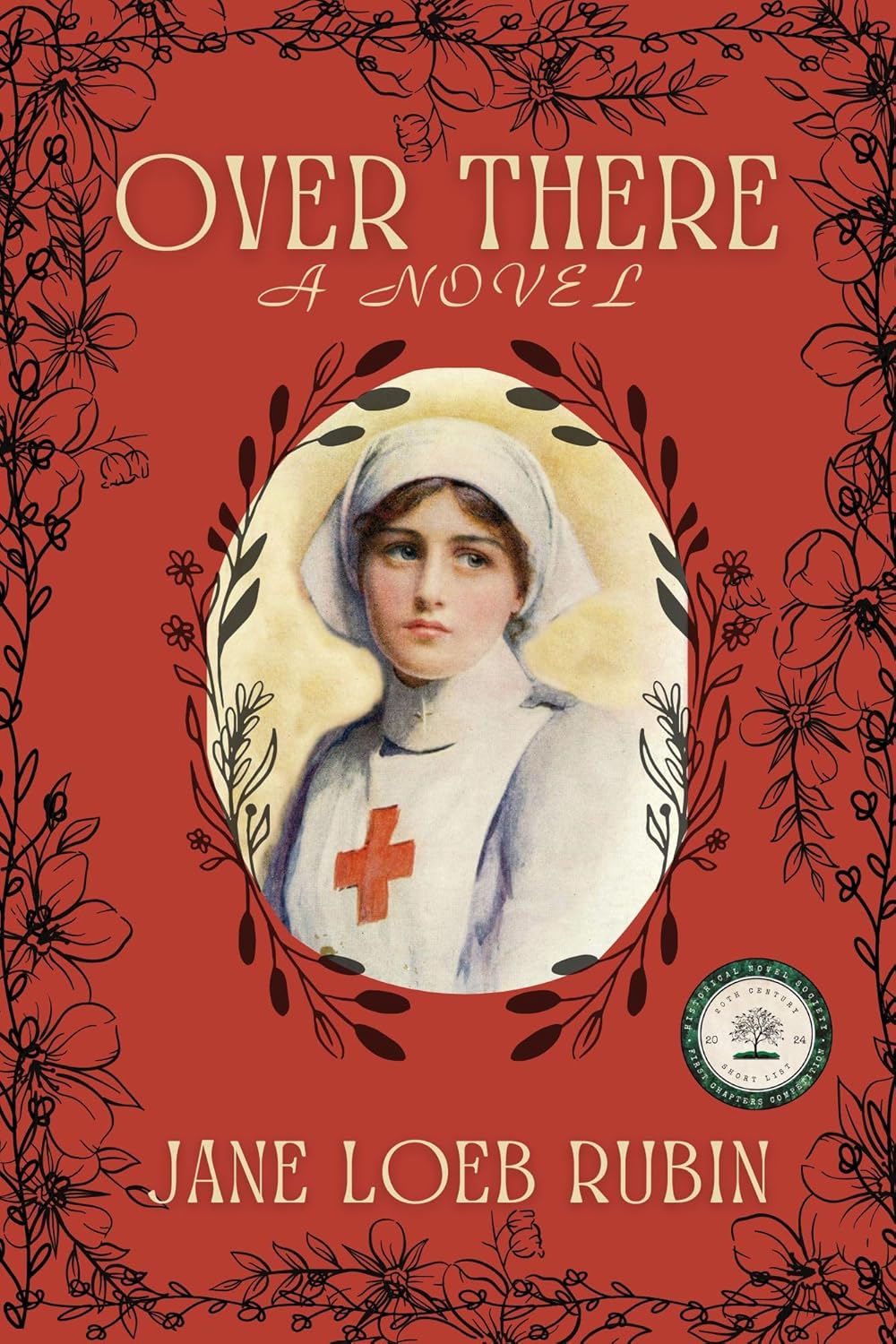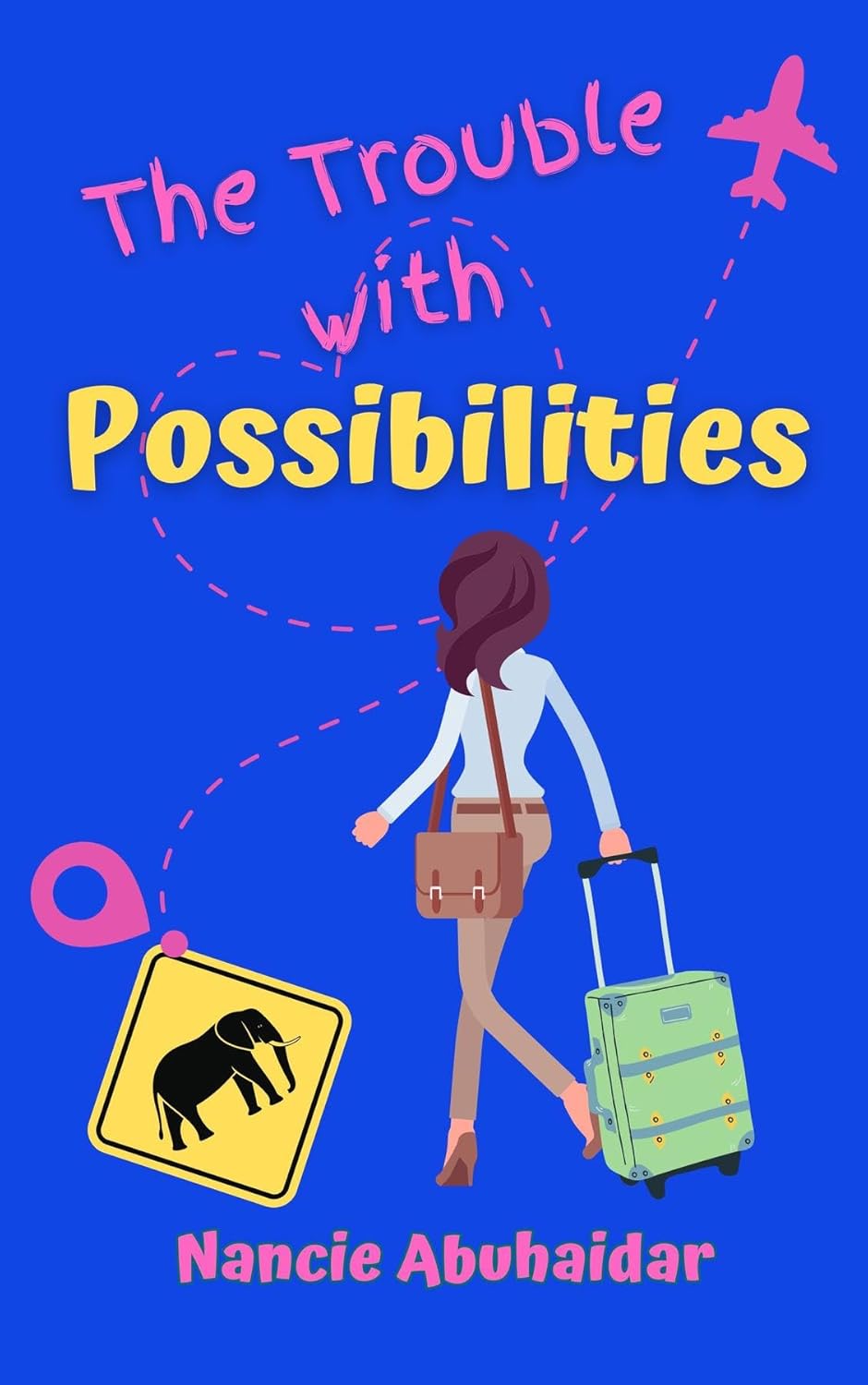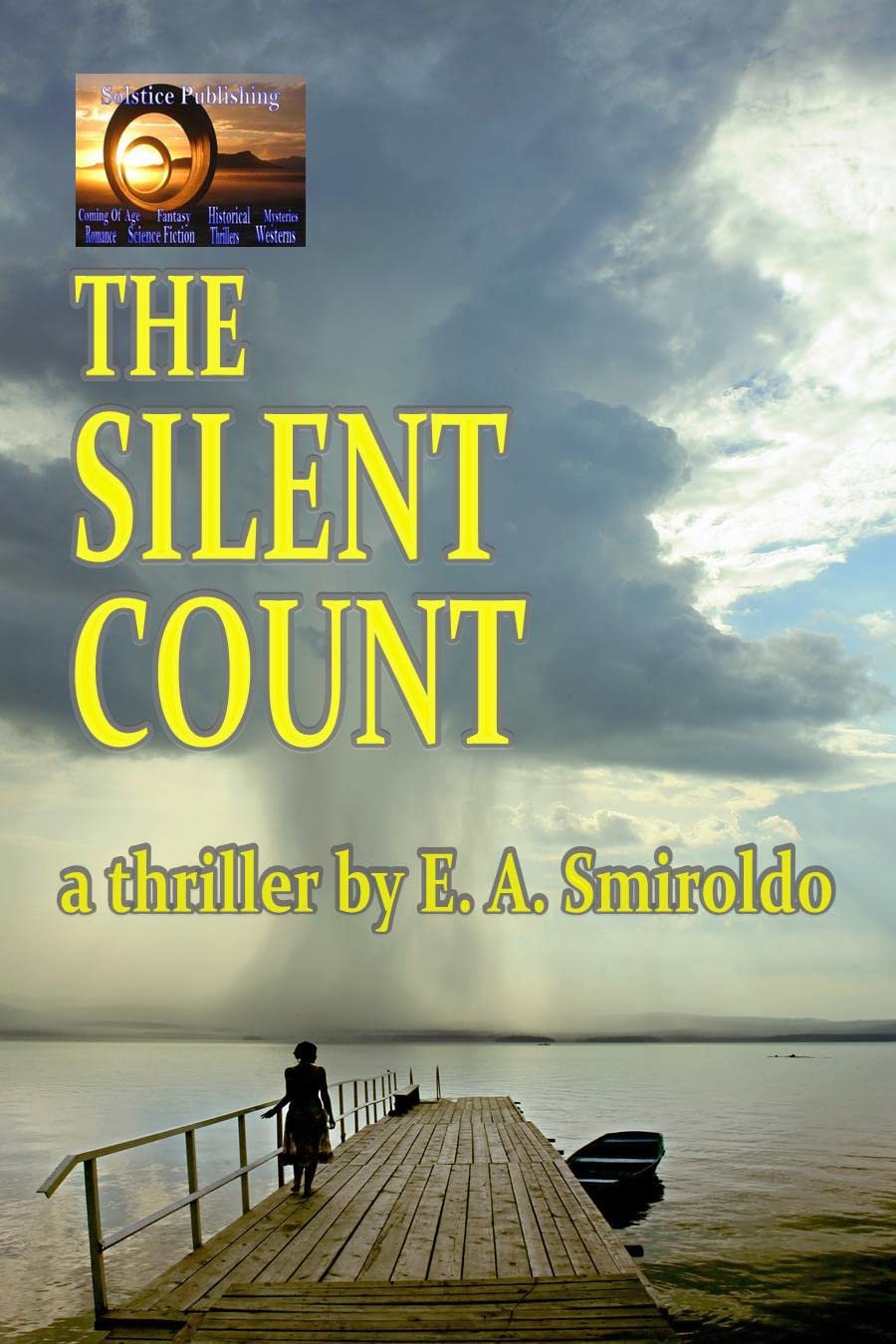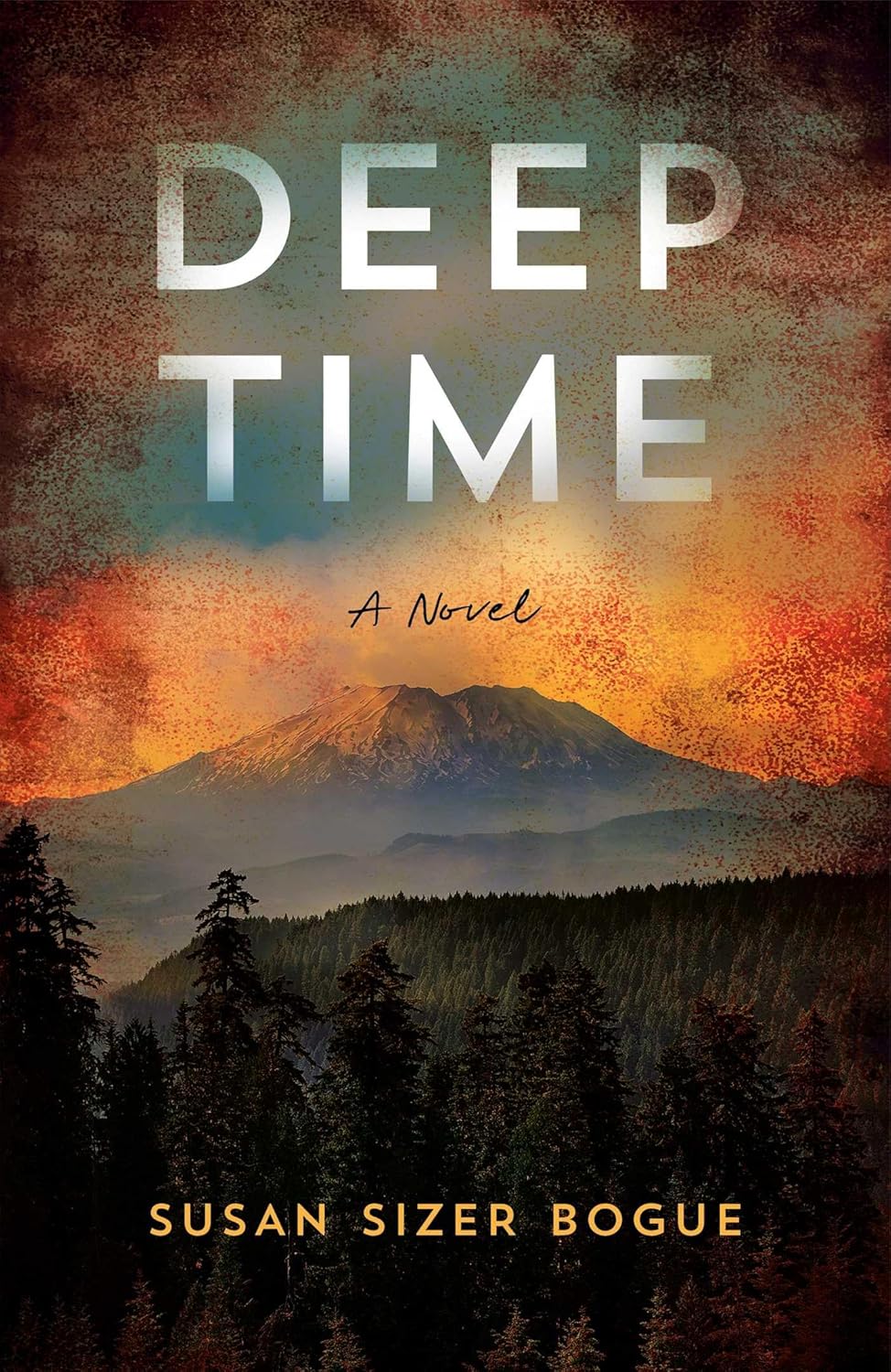Writing and My Search for a Balance of East and West By Diane Dreher, author of The Tao of Inner Peace
Writing and My Search for a Balance of East and West
By Diane Dreher, author of The Tao of Inner Peace

Diane Dreher
Each of our lives tells a story with its own recurrent lessons. My story combines East and West in a personal quest for balance that led to my book, The Tao of Inner Peace.
I was born in Kentucky and spent my first few years on the East coast. But my father was an Air Force colonel so I grew up following him around the world on his military assignments. We moved from the East coast out West to his next assignment in California. Then when I was ten, we moved to Clark Air Force Base in the Philippines where I discovered a different world. Our house had windows made of sea shells. Coconut, mango, and papaya trees grew in our yard. And I was amazed by the beautiful Chinese brush paintings my father brought back from his flights to Hong Kong and Tokyo. Inspired by the beauty around me and the serenity of Asian art, I began painting pictures of palm trees, bamboo, and tropical sunsets.
Two years later, my father was transferred to Grandview Missouri where the other students in my sixth grade art class laughed at my paintings of palm trees, saying “Diane doesn’t know how to draw a tree.” But I knew that not all trees look alike. Instead of right or wrong, East or West, I was trying to understand “both/and.”
After several more assignments in the United States, followed by moving to Germany and traveling through Western Europe, my father was transferred back to California. One spring night when I was a junior in college, working my way through the University of California, Riverside, my boyfriend proposed. “Will you marry me?” he asked as we stood together under the stars. “Yes,” I answered breathlessly. He was a graduating senior, concerned about his future, so he added, “If you love me, you’ll drop out of school and work so I can go to grad school.”
Of course I loved him but I loved college and wanted to become a professor. “Why can’t we both go to grad school?” I asked. “You’re being selfish,” he said, and broke up with me that night. The next year, he went to grad school in Texas and the following year I got a graduate fellowship to UCLA. We both got PhDs and became college professors but our lives took different directions because we were trapped in either/or instead of embracing both/and.
In graduate school, I wrote my doctoral dissertation on spiritual development in Renaissance poetry. But I also began meditating, doing yoga, and studying Eastern philosophy. I discovered the Tao Te Ching, which says that:
“All life embodies yin
And embraces yang.
Through their union
Achieving harmony.”
(Tao, 42)
The Tao Te Ching was written by Lao Tzu over twenty-five centuries ago during the warring states period in ancient China. Finding consolation in nature, he saw how the energies of yin and yang are expressed as day and night, sunlight and shadow, and the cycle of the seasons. Inspired by the natural lessons around him, he realized that the water in a mountain stream can be gentle and nurturing, and yet, by persevering, can cut through solid rock. He recognized the resilient strength of bamboo, which bends with the wind and does not break.
Inspired by the world of nature, the dynamic wisdom of Tao offers a range of creative possibilities instead of reducing our choices to the two extremes of either/or. Following the Tao while teaching English at Santa Clara University, I also studied holistic health and began teaching yoga at the East-West Center for the Healing Arts. Then I trained in aikido, the most Taoist of all martial arts. I learned to move from center and blend with an opponent, transforming an attack into a swirling combination of yin and yang that resolves conflict without harming the attacker.
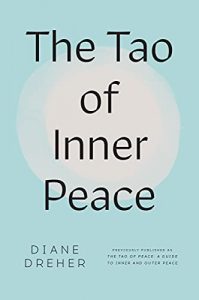 Applying the wisdom of Tao in my personal and professional life, I learned to combine yin and yang into more balanced relationships, transcending limiting assumptions and stereotypes about myself and others. Looking for what the Tao Te Ching calls the Oneness, I became more aware of the common ground that combines apparent opposites. At the university, I discovered new ways to resolve conflicts in my work as department chair and associate dean, recognizing that when we combine our energies, we can create new solutions that benefit us all.
Applying the wisdom of Tao in my personal and professional life, I learned to combine yin and yang into more balanced relationships, transcending limiting assumptions and stereotypes about myself and others. Looking for what the Tao Te Ching calls the Oneness, I became more aware of the common ground that combines apparent opposites. At the university, I discovered new ways to resolve conflicts in my work as department chair and associate dean, recognizing that when we combine our energies, we can create new solutions that benefit us all.
I wrote The Tao of Inner Peace to share the inclusive wisdom of Tao, to help others expand their awareness, avoid limiting assumptions, and realize that they don’t need to settle for either/or in their lives. My book, The Tao of Personal Leadership, encourages us all to become leaders, to draw upon the inclusive wisdom of Tao to inspire and empower those around us. I wrote The Tao of Womanhood to encourage women to live more creatively, to draw upon Tao wisdom to defy limiting stereotypes and create their own life patterns.
The book that charts my discovery, The Tao of Inner Peace, has gone through two print editions, and came out as an ebook in 2021. In 2022 it was published in a new audiobook edition, a new format to reach a new audience. The wisdom of Tao has inspired innovative thinkers for centuries. It is even more relevant now in our painfully polarized world, for it offers liberating insights to those who seek new patterns of peace within and around them.
—
Diane Dreher, Ph.D., is a bestselling author, researcher, and positive psychology coach. Her books, The Tao of Inner Peace, The Tao of Personal Leadership, The Tao of Womanhood, Inner Gardening, and Your Personal Renaissance, have been translated into ten languages and her work has been featured in media outlets including USA Today, Entrepreneur, Redbook, Glamour, Cosmopolitan, Science of Mind, radio and TV talk shows, and websites on leadership and personal growth.
Dreher has a Ph.D. in Renaissance English literature from UCLA as well as a Master’s Degree in Counseling. She is a HeartMath clinical practitioner and a Professional Certified Coach with the International Coaching Federation. Her research on positive psychology and hope has been published online and in academic books and journals. She is currently professor emerita and associate director of the Applied Spirituality Institute at Santa Clara University and a lecturer in the Positive Psychology Guild in the United Kingdom.
Category: How To and Tips, On Writing




